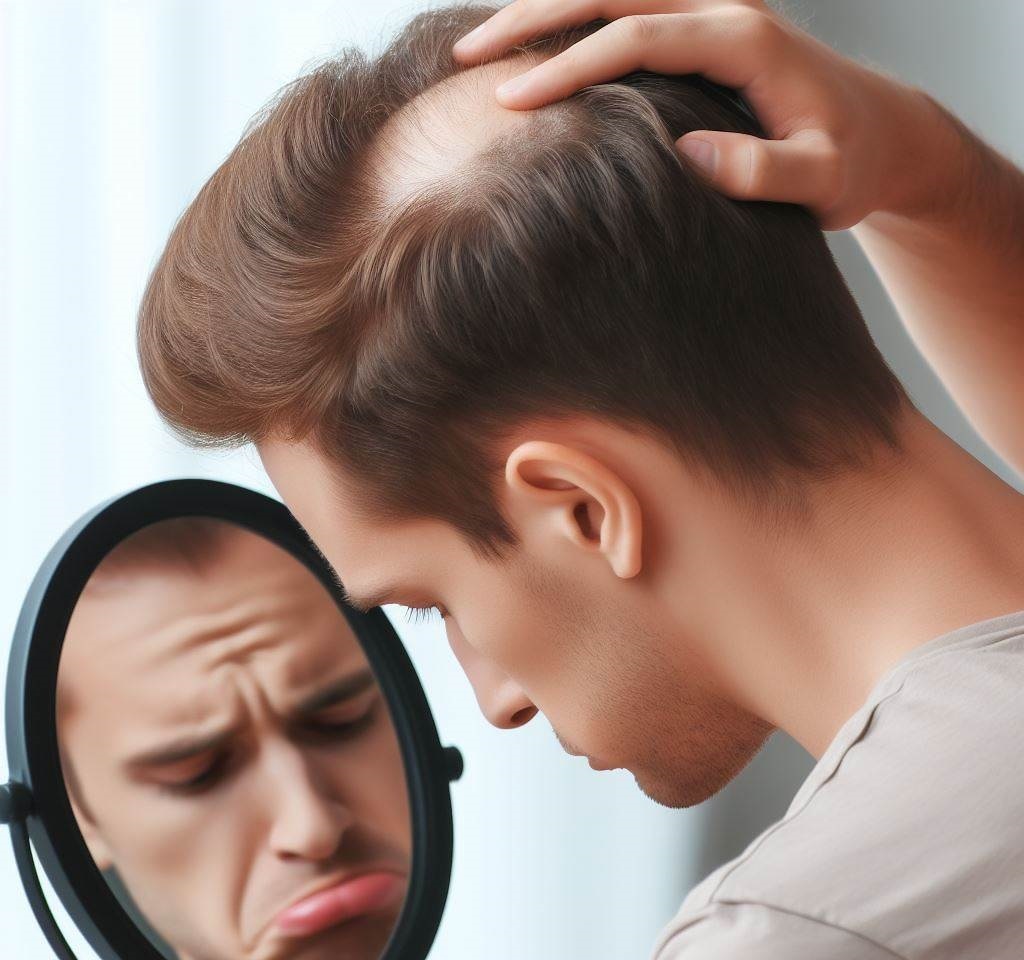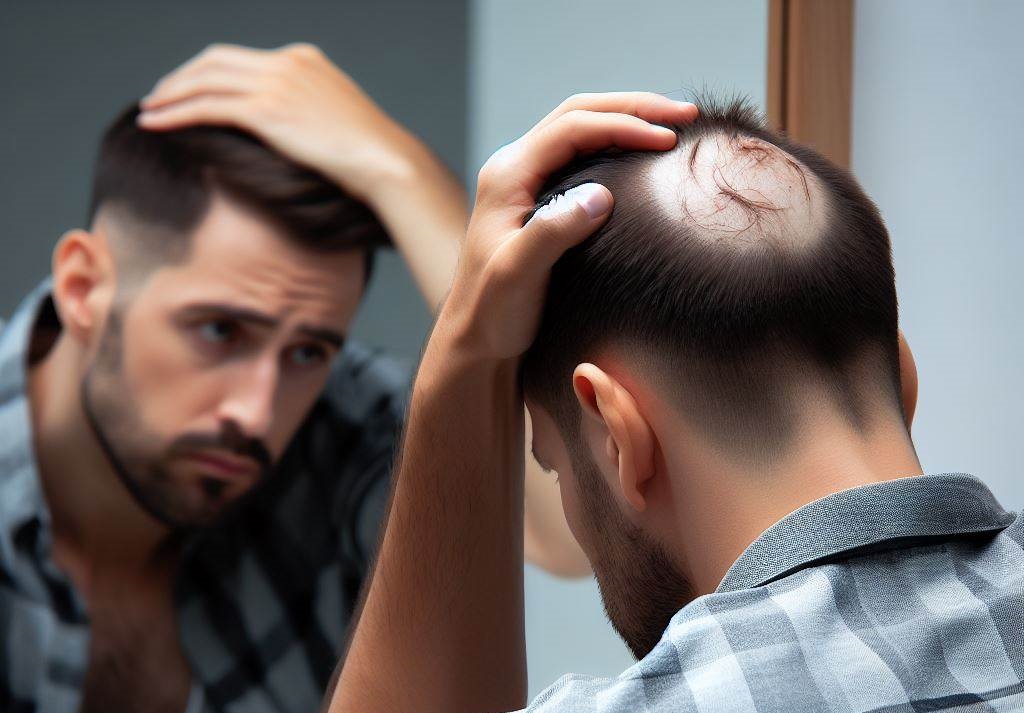Crown balding, also known as vertex baldness or crown thinning, is a common form of hair loss that primarily affects the crown or vertex area of the scalp. While hair loss is a widespread concern, understanding the specific causes behind crown balding is crucial for those seeking effective prevention and treatment. This article explores the multifaceted nature of crown balding, examining both genetic and environmental factors that contribute to this distinctive pattern of hair loss.
Genetic Predisposition
-
Androgenetic Alopecia: The most common cause of crown balding is androgenetic alopecia, a hereditary condition that results in the progressive thinning of hair. This type of hair loss is often referred to as male-pattern baldness, but it affects women as well. Androgenetic alopecia is linked to genetic factors and hormonal changes, with a strong association with the hormone dihydrotestosterone (DHT).
-
Hormonal Influence: DHT, a derivative of the male hormone testosterone, plays a crucial role in androgenetic alopecia. In individuals with a genetic predisposition, hair follicles in the crown area are sensitive to the effects of DHT, leading to gradual miniaturization of follicles and subsequent hair thinning.
Environmental and Lifestyle Factors
-
Age: Aging is a natural factor contributing to crown balding. As individuals age, hair follicles may become more susceptible to the effects of hormones, resulting in the gradual thinning of hair in the crown area.
-
Stress: Chronic stress can contribute to hair loss, including crown balding. Stress triggers hormonal imbalances that may adversely affect the hair growth cycle, leading to increased shedding and thinning of the hair.
-
Nutritional Deficiencies: Inadequate nutrition can impact the health of hair follicles. Deficiencies in essential vitamins and minerals, such as iron, zinc, and vitamin D, may contribute to crown balding. A well-balanced diet is crucial for maintaining overall hair health.
-
Lifestyle Choices: Certain lifestyle choices, such as smoking and excessive alcohol consumption, can negatively impact the health of hair follicles and contribute to crown balding. Adopting a healthy lifestyle can have positive effects on hair growth.

Medical Conditions
-
Hormonal Imbalances: Disorders that disrupt hormonal balance, such as polycystic ovary syndrome (PCOS) in women, can contribute to crown balding. Hormonal fluctuations in these conditions may influence the sensitivity of hair follicles to DHT.
-
Autoimmune Diseases: Some autoimmune diseases, like alopecia areata, can lead to hair loss in specific patterns, including the crown area. The immune system mistakenly attacks the hair follicles, causing hair to fall out.
How to fight a balding crown
Addressing crown balding effectively often requires a multi-faceted approach, and two key players in the battle against this common form of hair loss are finasteride and minoxidil. Finasteride, an oral medication categorized as a 5-alpha-reductase inhibitor, works by inhibiting the conversion of testosterone into dihydrotestosterone (DHT) — a hormone strongly linked to hair loss. This is particularly crucial in the context of crown balding, where heightened sensitivity to DHT plays a significant role in progressive hair thinning.
Finasteride’s mechanism involves not only halting the progression of hair loss but also promoting the potential regrowth of hair in affected areas. By preserving existing hair follicles and preventing their miniaturization, finasteride acts as a powerful tool in the fight against crown balding. It is essential, however, to approach finasteride with caution, particularly in women, as its use may carry potential risks, especially during pregnancy.
Complementing the effects of finasteride, minoxidil, a topical solution, is another cornerstone in the treatment of crown balding. Though the exact mechanisms of minoxidil’s action are not fully understood, its vasodilatory effects enhance blood flow to the scalp, providing hair follicles with increased oxygen and nutrients. This improved circulation contributes to the overall health of the hair follicles, potentially extending the anagen (growth) phase of the hair cycle.
Minoxidil’s benefits extend beyond enhanced blood flow; it may stimulate dormant hair follicles, coaxing them into an active growth phase. This dual-action approach — improving blood flow and promoting hair follicle activity — makes minoxidil an effective topical solution for individuals grappling with crown balding.
What sets the combination of finasteride and minoxidil apart is their synergy. These treatments address different aspects of the hair loss process, offering a comprehensive strategy. Finasteride, by inhibiting DHT, tackles the hormonal component of hair loss, while minoxidil, through improved blood flow and follicular stimulation, focuses on the topical aspect.










